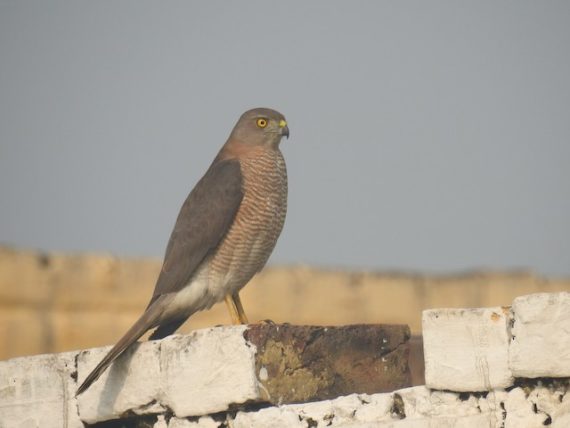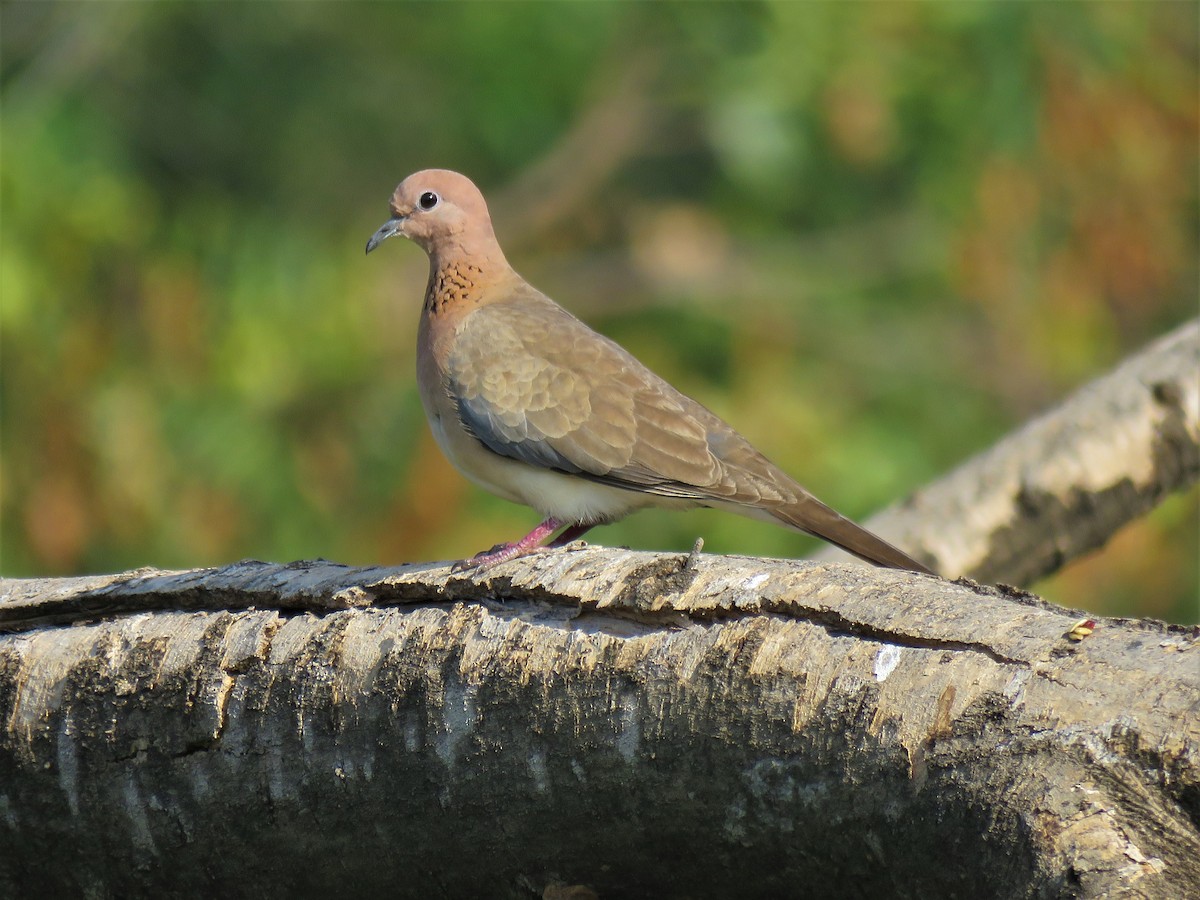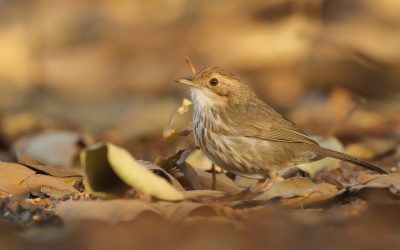This is part 4 of the Getting Started with Birding series.

Ashy Prinias are common and easy to observe in gardens and parks. Photo: Abhishek Ravindra
It is tempting to go birdwatching in exotic places and hotspots and see rare birds. After all, it is one of the best ways to see a diverse selection of species and adds to one’s experience with birds in general. However, your local patch or areas you visit regularly are where you may be able to further your identification skills by spending more time observing the regular or common birds that are around.
Most birders begin birding by looking at the birds in their neighbourhood and it is watching these birds and trying to identify them that ignites a curiosity in birds amongst many. Even for those who have been birding for years and decades, it is surprising how much one can still learn just by paying attention to the familiar birds in the vicinity.
The first step to learning how to identify birds is to be a good observer. One problem birders often encounter in the field is that birds usually only offer fleeting glimpses. Simply put, most birds do not give you enough time to observe them or carefully go through all the features. Birds in your local park, garden or the copse of trees by the street are more likely to be habituated to humans and thus, offer a much better viewing experience. These birds give the birder more time to see the details and appreciate tiny differences in plumage and behaviour – not only between species, but even between individuals. Over the course of different seasons, it is also possible to observe moults and plumage related changes in the birds around you.
You can use your binoculars or camera to view these birds up close. You can also take this opportunity to get a feel of the bird in its environment by watching it with naked eyes, especially if the bird is close enough and gives you enough time to observe it.

Familiarisation with the Shikra will make it much easier to pick out a different accipiter whenever you see one! Photo: Rajesh Khokhar
Further, the more your practise observing these common birds, the more you’ll learn to pick out features that are relevant to identification when a bird is seen briefly or is giving poor views. This skill also helps a birder make more accurate notes of relevant features in case a bird could not be identified, making it easier to identify it later.
Over time, you’ll develop an idea for the “jizz” of the bird. You’ll know how and where the bird feeds, how it calls, get a feel for its habits, learn how it interacts with its environment and responds to changes around it. Before you know it, you’ll be noting and identifying most of these birds subconsciously!
Some of our frequently misidentified birds include species which we see in healthy numbers year-round. Familiarity with these birds can help eliminate a number of identification errors birders make otherwise. Getting used to the neighbourhood Shikra might help with picking out an odd accipiter in the winter, experience with Eurasian Collared Dove may alert you to the structural and size-based differences of the less urban Red Collared Doves when you see them, etc.

Paddyfield Pipits present a tough ID challenge, made easier in the summer months when other similar pipit species are not around. Use this season to know these pipits better, so that you can tell when you strike upon an unusual species in the winter. Photo: Sneha Gupta
The summer/monsoon months are a great time to try and hone those skills. Without the distractions of several migratory species, the birding “off-season” proves to be a great opportunity to familiarise oneself with the resident and omnipresent birds in our lives. This is the season when birds of various ages, plumages and in several stages of moult may be visible. Most of our species are also quite vocal at this time of the year as well and the abundance of food allows the observer to watch behaviour that can be otherwise difficult to see.
Good luck!
Cover Image: Laughing Dove by Surendhar Boobalan




